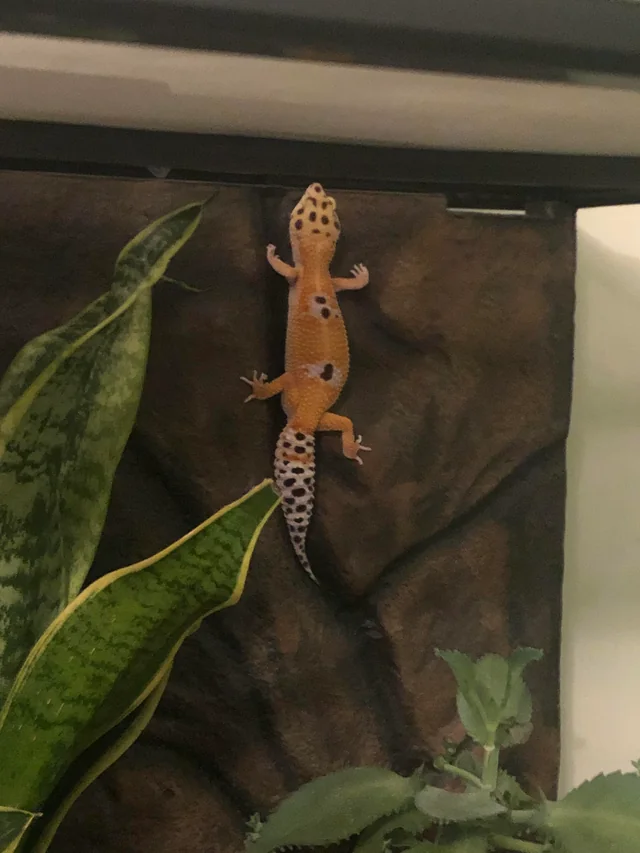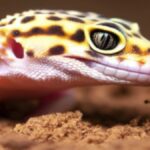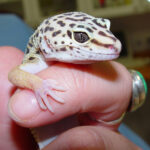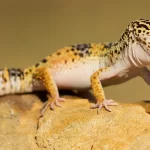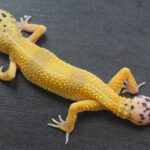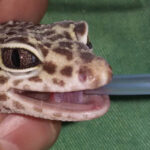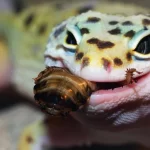There might be times where Leopard gecko owners see their pets trying to climb the glass of their enclosure. It is very often in an attempt to escape. Glass climbing behaviour might be seen from time-to-time, but when it becomes a habit it might be an indication that something is wrong.
Although there might be various other (less serious) reasons, Leopard gecko glass climbing behaviour is considered to be caused by stress. Although many factors can contribute, the main areas to evaluate when a Leopard gecko is showing this behaviour is overcrowding, the temperature and quantities of food.
Incorrect temperatures
Leopard geckos are desert animals. Lower than recommended day temperatures will cause stress. The same will happen when temperatures are too high.
Although Leopard geckos are exposed to huge day/night and seasonal temperature differences in nature, they show huge adaptability in most artificial environments. As pets, Leopard geckos will thrive in temperatures of 25 – 32 ºC / 77 – 90 ºF with a drop to room temperature during the evenings. Environmental temperatures of Leopard geckos can be measured using a thermometer. In many parts of the world, including South Africa, no heating equipment will be required, but with average room temperatures of below 23 ºC / 73 ºF additional heating should be installed. Also see supplying heat to Leopard geckos for more information.
Food
Leopard geckos are active hunters. When hungry, they will often go out and look for food. On average, Leopard geckos need to be feed every day, or at least every other day. The best time of the day is probably during the evening when Leopard geckos are mostly active.
Walking insects should be offered one-by-one, or a few at a time until the Leopard gecko has lost interest. Crawling insects can be offered at libitum (always be available) in a small shallow escape-proof dish. Although ‘crawlies’ should always be available, they must always be fresh. It is also a good idea to offer crawling insects in the same container as the powdered supplements are offered in. Also see feeding your pet Leopard gecko for more information.
Similar too not eating enough, too many food items, such as crickets, running around freely in the enclosure can also cause this behaviour in Leopard geckos. Large food items can be intimidating and can lead to anorexia (refusal to eat) and to stress. In these cases by reducing the size and the amount of crickets often helps.
Overcrowding
Leopard geckos are considered solitary animals. Although it is popular to house multiple (small groups) babies together, Leopard geckos prefer to be alone as they get older. Housing different sized Leopard geckos in the same enclosure can also cause this behaviour. Overcrowding also to a limitation in physical space and is stressful on the environment, increasing the chances for stress, stress-related, and other diseases.
Harem of Leopard geckos. As Leopard geckos get older, they might prefer to rather stay alone or in smaller groups.
Summary
Although there might be other reasons for Leopard geckos to try to escape, these were the factors that are very often incorrect when this behaviour is frequently observed.

